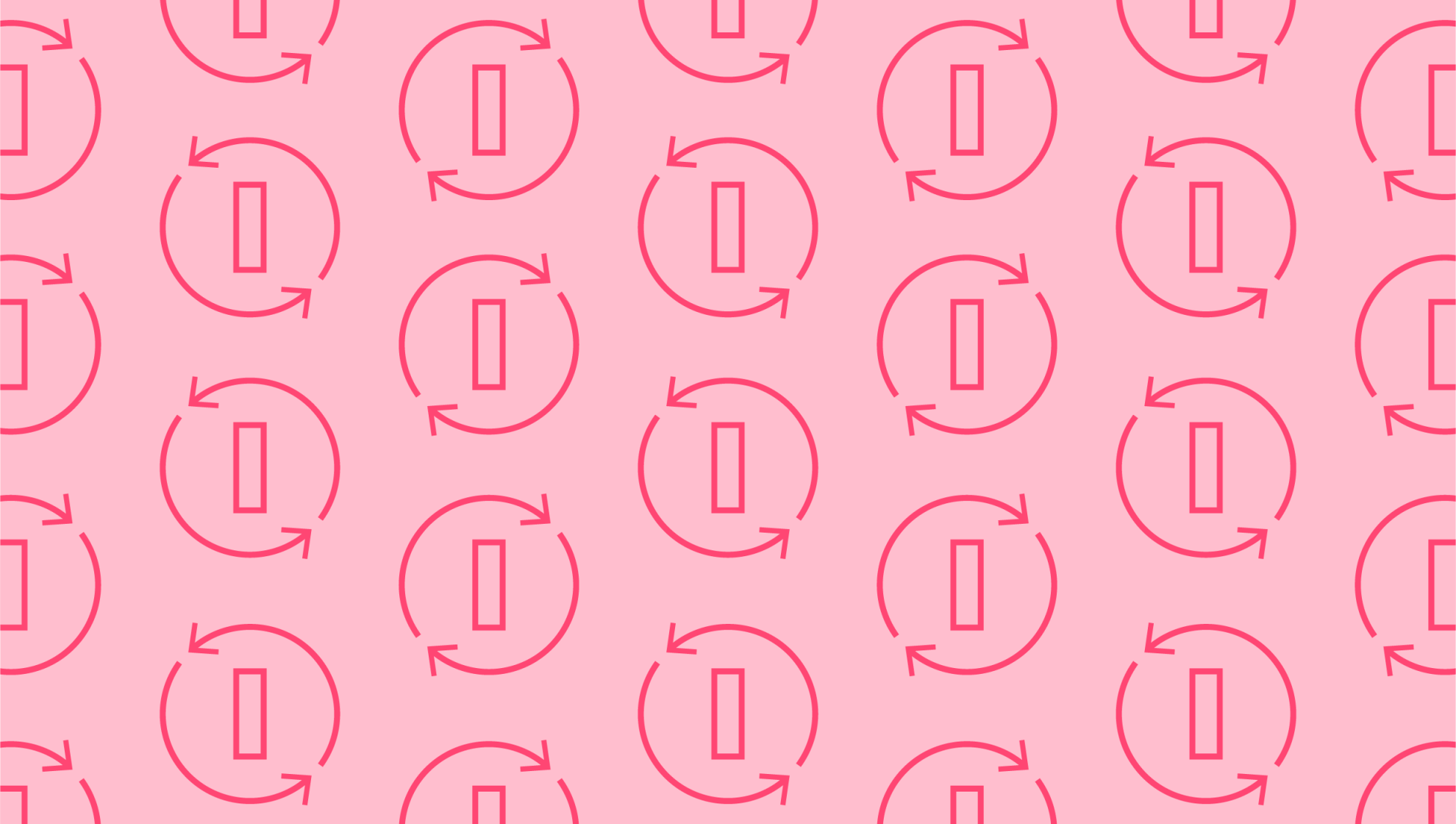
How to calculate customer acquisition cost (CAC)?
Last editedMar 20202 min read
Do you know how much money your business is spending on bringing in new customers? Learning how to calculate customer acquisition cost can give you a great insight into the efficiency of your sales and marketing strategies, while also helping you to determine how profitable your customers really are. Get more information on the customer acquisition cost formula with our definitive guide.
What is customer acquisition cost?
Customer acquisition cost is a metric that can help you work out the total cost of sales and marketing that’s needed to bring in a new customer. This includes ad spend, production costs, inventory upkeep, salaries, commissions, technical costs, overheads, creative costs, and bonuses. Customer acquisition cost plays a massive role in determining whether your SaaS start-up has a viable business model – the lower it is, the more quickly your business will be able to start seeing a return on investment.
It’s important to remember that costs primarily associated with customer success shouldn’t be used when you calculate customer acquisition cost. Although customer success does generate revenue for your business, customer acquisition cost is all about measuring your business’s ability to generate new revenue from your sales and marketing efforts. By including customer success costs, that measurement may get distorted and you won’t be getting an accurate picture of your business.
Customer acquisition cost formula
To calculate customer acquisition cost, you simply divide the total expenses associated with acquiring customers by the total number of customers that your business has acquired over a certain period. So, the customer acquisition cost formula is as follows:
CAC = Total Cost of Sales and Marketing / Number of Customers Acquired
Let’s look at an example to see how this works in the real world. Imagine a company spends $2,000 on sales and $3,000 on marketing over the course of a month, bringing in 20 new customers over the same time period. You can work out the customer acquisition cost like this:
CAC = (2000 + 3000) / 20 = $250
Cost of customer retention versus customer acquisition
What’s the difference between customer retention costs and customer acquisition costs? Put simply, customer retention costs refer to the amount of money you spend on keeping your existing customers, rather than the amount you spend to bring in new business. When it comes to cost of customer retention versus customer acquisition, many businesses put too great a focus on acquisition. In fact, the cost of gaining a new customer can be five to 25 times more expensive than retaining an old one, so it often makes sense to make keeping your existing customers your main focus.
Lifetime customer value and CAC
In many cases, simply learning how to calculate customer acquisition cost isn’t particularly useful in isolation. After all, it’s important to understand how much money your customers are bringing in if you’re trying to determine the efficiency of your sales and marketing efforts. That’s why it’s important to pair CAC with lifetime customer value (LTV) – a metric measuring the total amount of revenue that your customers are expected to generate.
By using the LTV:CAC ratio, you can find out just how profitable your customer acquisition process really is. For example, if your customer’s lifetime value amounts to $4,000, and you spend $1,000 acquiring each customer, you’d have an LTV:CAC ratio of 4:1. Ideally, you’ll want your LTV:CAC ratio to be as high as possible, with LTV being at least three times as big as CAC.
How to optimise your customer acquisition cost
By lowering your customer acquisition cost, you can ensure that your business is primed to be as profitable as possible. Pricing plays a key role. Optimising your pricing model and strategy – for example, using a skimming pricing strategy – can ensure that you’re gaining more cash up front to recover your CAC. You should also take a lean approach to marketing and sales by focusing your efforts on channels with proven returns, rather than speculative approaches that may not yield many acquisitions.
We can help
GoCardless helps you automate payment collection, cutting down on the amount of admin your team needs to deal with when chasing invoices. Find out how GoCardless can help you with ad hoc payments or recurring payments.